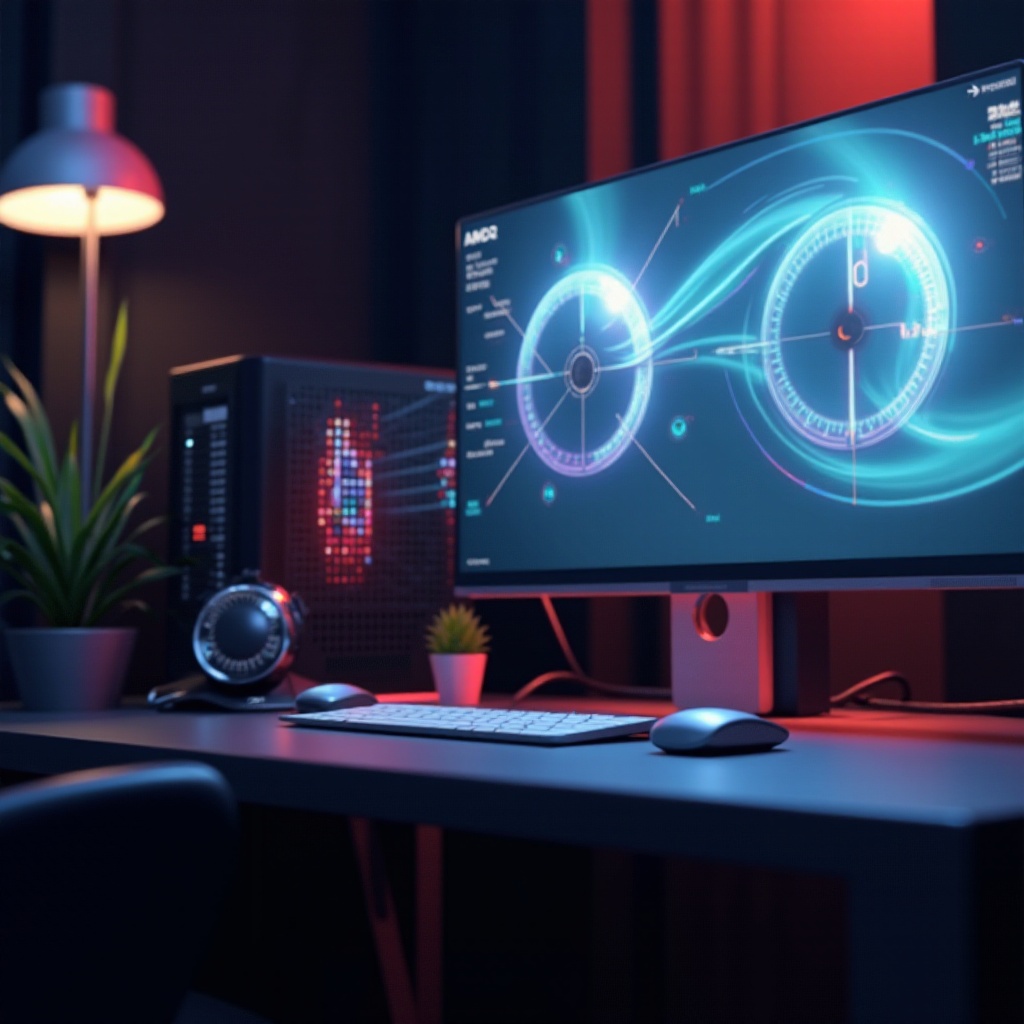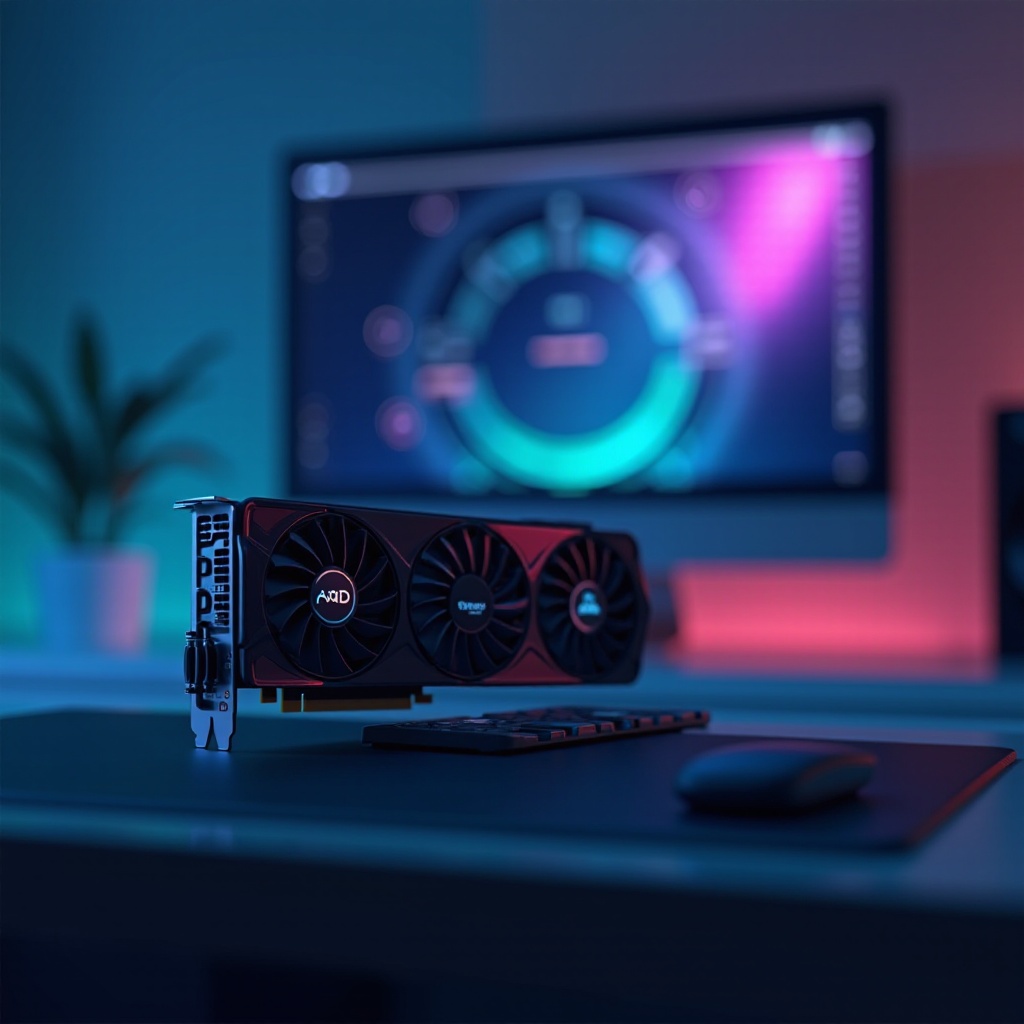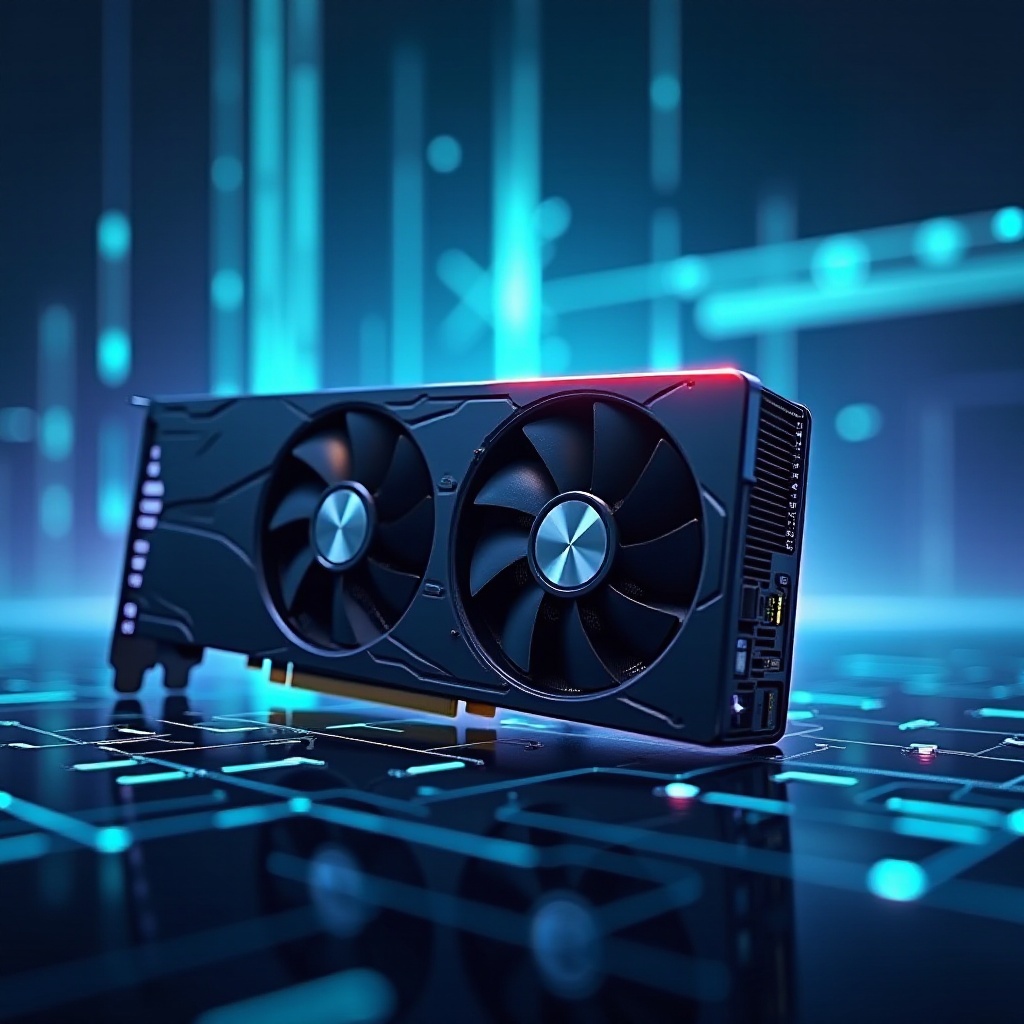
Introduction
Ray tracing is a breakthrough in gaming graphics, transforming virtual environments with realistic lighting effects. As NVIDIA set the initial benchmark, AMD has also ventured into this realm. However, a common question arises: do AMD cards offer ray tracing? If yes, how do they fare in terms of performance? This article aims to provide detailed insights into AMD’s ray tracing capabilities and technology.

What is Ray Tracing?
Ray tracing is a cutting-edge technique that replicates how light interacts with objects, offering gamers and creators heightened realism. Traditional rendering methods fall short of capturing accurate light behaviors, while ray tracing provides a dynamic simulation of reflections, shadows, and refractions. This leap in visual fidelity has made ray tracing a sought-after feature in modern games, seeking to create more stunning and immersive worlds.
Understanding ray tracing’s significance lays the groundwork for evaluating different GPUs, including those from AMD. By rendering more detailed visuals, ray tracing enhances not just gaming but also cinema-quality content creation, illustrating its broad applicability.
Ray Tracing in AMD Graphics Cards: An Overview
AMD’s journey into ray tracing began with its RDNA 2 architecture, marking a new era for the company’s graphics offerings. This significant development allowed their products to finally compete on a level playing field with NVIDIA, especially regarding dedicated ray tracing capabilities.
AMD’s current lineup, notably the Radeon RX 6000 series, features hardware-accelerated ray tracing thanks to their Ray Accelerators. These units efficiently handle ray tracing workloads, showcasing AMD’s dedication to delivering both quality graphics and performance. By providing an alternative to NVIDIA’s offerings, AMD’s entry into the ray tracing world gives consumers greater choice and flexibility.

How AMD Implements Ray Tracing
AMD adopted the RDNA 2 architecture to incorporate ray tracing into its graphic cards effectively. Here’s a closer look at how AMD has innovated in this space:
– AMD RDNA Architecture and Ray Tracing: RDNA 2 incorporates Ray Accelerators in each compute unit, enabling real-time ray tracing capabilities. This hardware innovation allows AMD GPUs to manage advanced ray tracing techniques seamlessly, optimized for gaming.
– Software and Driver Support for Ray Tracing: Strong software backing is crucial for maximizing ray tracing performance. AMD continually updates its drivers to support and enhance ray tracing, ensuring smooth execution and compatibility with popular games.
– Performance in Ray-Traced Games: When assessing performance, AMD’s architecture successfully renders complex scenes, often aligning with or outpacing similarly priced NVIDIA models. This makes them a compelling option for gamers who prefer both value and performance.

AMD vs. NVIDIA: Ray Tracing Performance Comparison
When comparing AMD and NVIDIA in the ray tracing arena, several aspects come into play. While NVIDIA traditionally dominates this field, AMD’s rapid advancements have allowed it to close the gap remarkably.
Despite NVIDIA’s earlier lead, AMD’s RDNA 2 series delivers impressive ray tracing capabilities. Their GPUs often compare favorably in benchmarks and value proposition, offering competitive performance at accessible price points. While NVIDIA may still hold a slight edge in certain scenarios, AMD’s offerings provide a robust alternative for various users.
Ultimately, selecting between AMD and NVIDIA hinges on individual needs, budget constraints, and gaming priorities. For those watching their wallets, AMD might be the sound choice without significant sacrifices in quality and features.
User Experience and Feedback
Real-world experiences shed light on AMD’s performance in ray tracing capabilities across diverse gaming titles. Users frequently commend AMD’s graphics cards for delivering excellent performance and value.
In titles like ‘Cyberpunk 2077’ and ‘Dirt 5,’ AMD’s ray tracing shines, offering immersive experiences without compromises. Feedback from industry professionals further establishes AMD’s ability to challenge NVIDIA in terms of cost-effectiveness and capability, especially for those prioritizing a balance of price and quality.
Conclusion
AMD has firmly established itself in the ray tracing sphere, competing vigorously with NVIDIA. With continued refinements to its technology and drivers, AMD provides a viable and often superior choice for many gaming and creative scenarios. For potential buyers evaluating their options, AMD stands as a strong contender with a balance of impressive capabilities and attractive pricing.
Frequently Asked Questions
Do all AMD cards support ray tracing?
Not all AMD GPUs support ray tracing. The feature is available on models starting with the Radeon RX 6000 series.
How does AMD’s ray tracing performance compare to NVIDIA?
While NVIDIA may have a slight edge in some benchmarks, AMD offers competitive ray tracing performance, often at a better value.
What games are optimized for AMD’s ray tracing?
Games like ‘Cyberpunk 2077’, ‘Dirt 5’, and ‘Resident Evil Village’ leverage AMD’s ray tracing capabilities, providing high visual fidelity.
